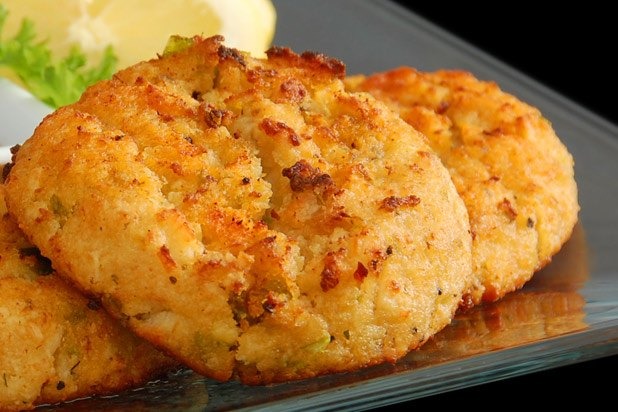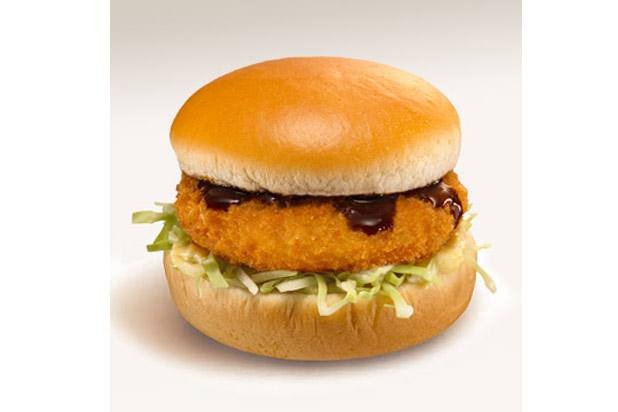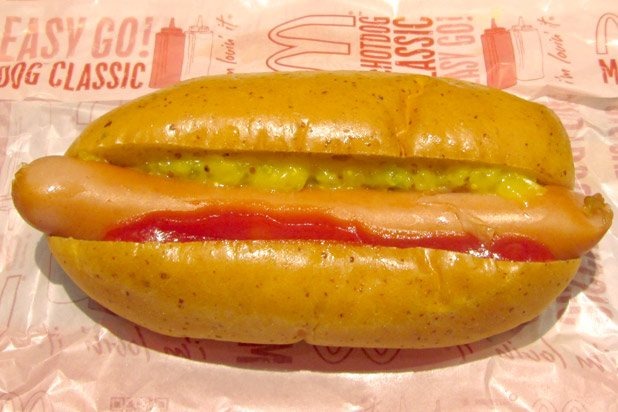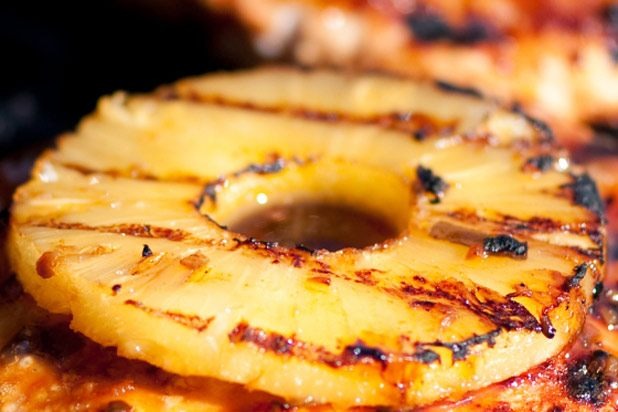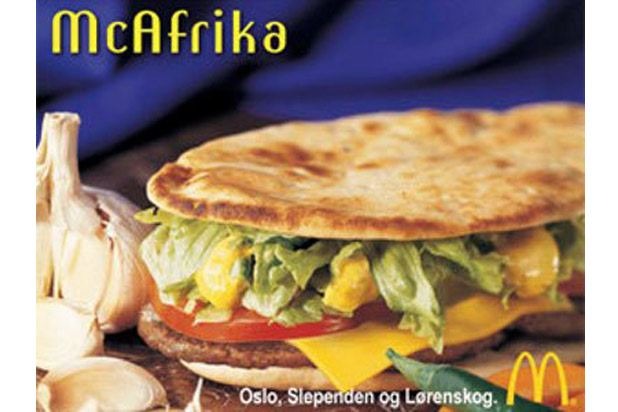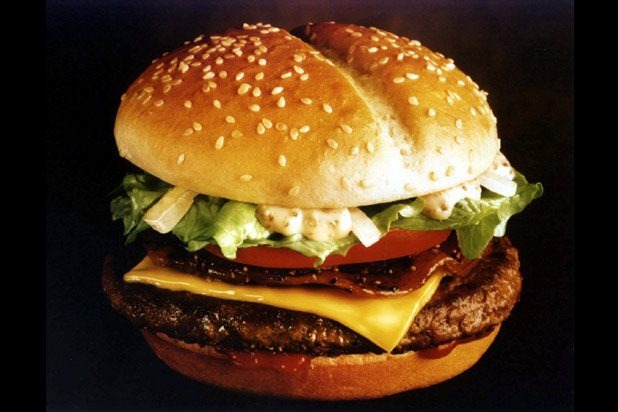McDonald's 10 Most Spectacular Menu Flops Slideshow
McDonald's created a massive advertising campaign around the idea of upgrading and expanding their classic meals to be "super-sized" in the mid-1990s. For a while, the idea sold, and customers around the world were super-sizing their orders, and the calorie content. After the release of the documentary Super-Size Me, which exposed the dangers of McDonald's and fast food, the concept of super-sizing a meal went rapidly down hill, resulting in the company pulling it from menus in 2004.
9) McCrab
Similar to other seasonal flops like the McLobster, the McCrab was created for a specific regional area in the U.S. comprised of Delaware, Maryland, and Virginia. The item was meant to resemble a classic Chesapeake crabcake but was lacking in the fresh ingredient department.
8) McGratin Croquette
While the U.S. market never had the pleasure of experiencing a McGratin Croquette, a patty made of deep-fried macaroni, potato, and shrimp, customers in Japan certainly did. It didn't last long on Japanese menus, and critics believed it was a combination of taste and poor marketing that led to its ultimate demise.
7) McHotDog
The McHotDog never caught on in terms of branding with the loyal McDonald's client base, although many agreed it was a tasty product. The real problem was that in the eyes of seasoned patrons, the pallid McHotDog didn't match up with the rest of the tried-and-true menu items. In the mid-1990s the dog made a reappearence on seasonal menus in the Midwest, and the McHotDog has appeared from time to time in countries like Japan.
6) McLean Deluxe
In 1991, McDonald's tried to go the healthy route, crafting a buger dubbed the McLean Deluxe that would stand up to its critics, showing them the fast-food giant could offer low-fat options on a menu laden with trans fat and high-calorie products. The advertising campaign boasted a new kind of burger that was 91 percent fat-free with 10 grams of fat, compared to the Big Mac's 26 grams of fat. The burger actually contained seaweed that was meant to bind the meat together as a way of lowering the fat content. Needless to say, the burger was not a hit with customers and critics dubbed it the "McFlopper."
5) McPizza
In the 1980s, McDonald's felt it was imperative to compete with other fast-food chains like Domino's and Pizza Hut, and it decided to launch the McPizza as well as other items like a lasagna and a spaghetti dish. Although McDonald's executives believed this would help the menu become more attractive to those looking for traditional dinner items, the McPizza was actually quite unpopular with patrons looking for fast in-and-out service.
4) The Hula Burger
The Hula Burger was the brainchild of owner Ray Kroc. He believed that this meatless burger, containing grilled pineapple with cheese on a bun, would be a perfect option for Catholics who abstain from eating meat during Lent. While the Filet-O-Fish, another Lent-inspired option, still remains popular to this day, the Hula Burger did not enjoy such long-term success.
3) McLobster
One of the seasonal and local menu items that popped up on McDonald's menus in eastern Canada and New England during select summer months was the infamous McLobster. The company produced this faux lobster roll in a hot dog bun during the summertime, when lobster prices were relatively cheap. But "cheap" (for lobster) didn't match up with the McDonald's clientele. The sandwich clocked in at $5.99, and customers veered away from the expensive special.
2) McAfrika
Over the years, McDonald's has released international products in different locations across the world, some to great success. However, in 2002, McDonald's released one of the worst menu items and marketing flops in the company's history. The sandwich, the McAfrika (consisting of beef and vegetables in a pita), was released in Norway during some of the worst famines Southern Africa has ever seen. The campaign was believed to be created in such poor taste that McDonald's took the item off its menus and agreed to continue to keep donation boxes for charities in support of the faminie in Africa.
1) Arch Deluxe
When crafting an ad campaign for its Arch Deluxe, McDonald's spent more money on the advertising campaign than it had on any other singular item in its history. Coming in at over $150 million, the Arch Deluxe campaign flopped, making the sandwich a very expensive mistake. The campaign was seeking an upscale demographic, boasting the new sandwich with an "adult" taste and a mustard-mayonnaise sauce. When that didn't work, new TV ads featured Ronald McDonald out partying and playing pool, a certain shift from the restaurant's family-friendly image.

